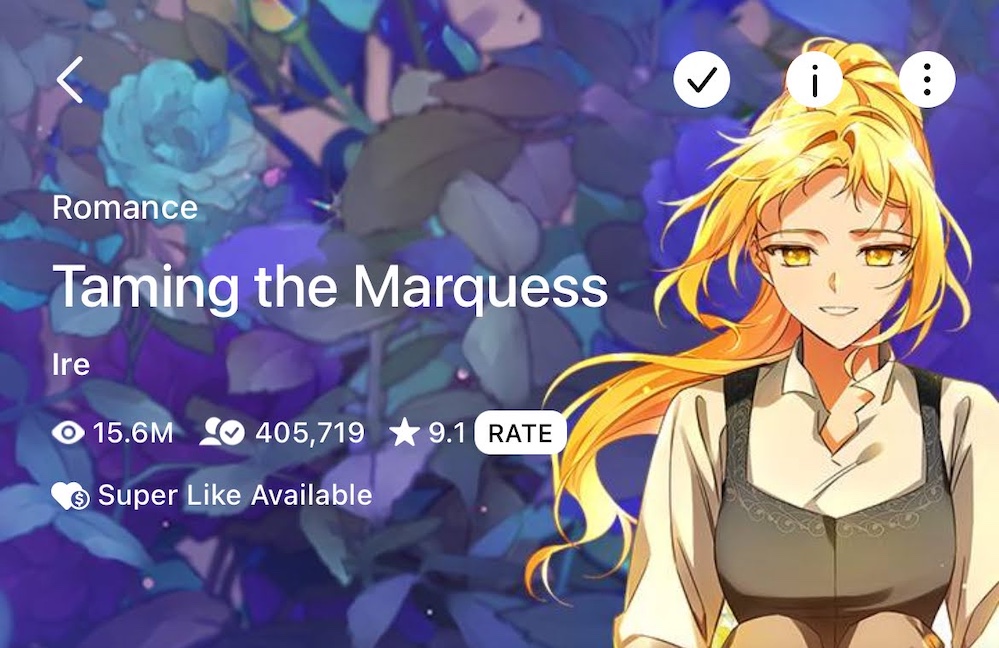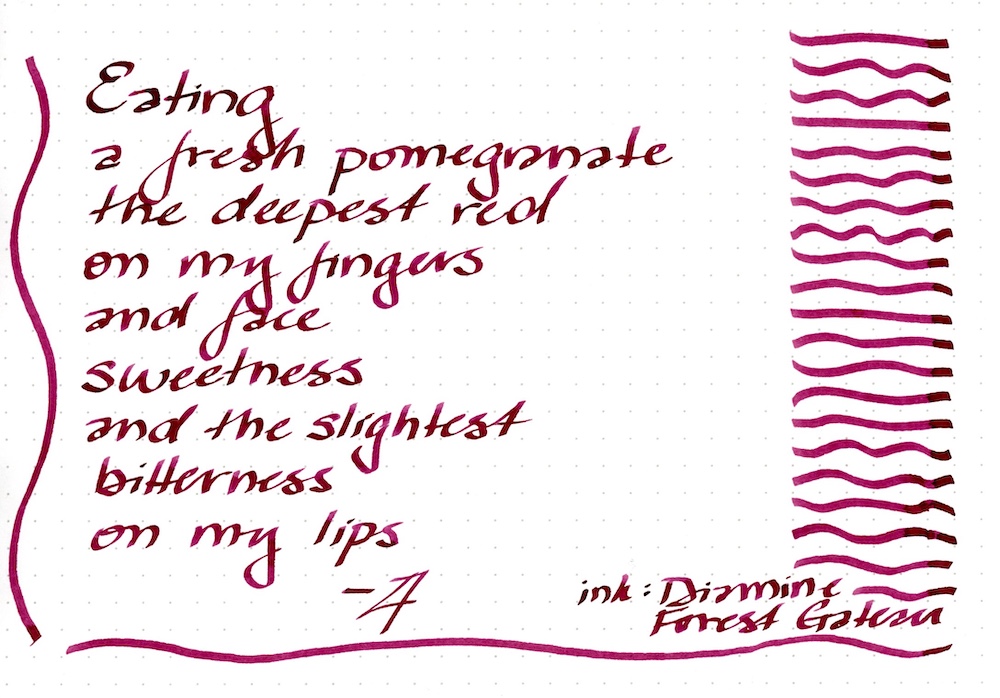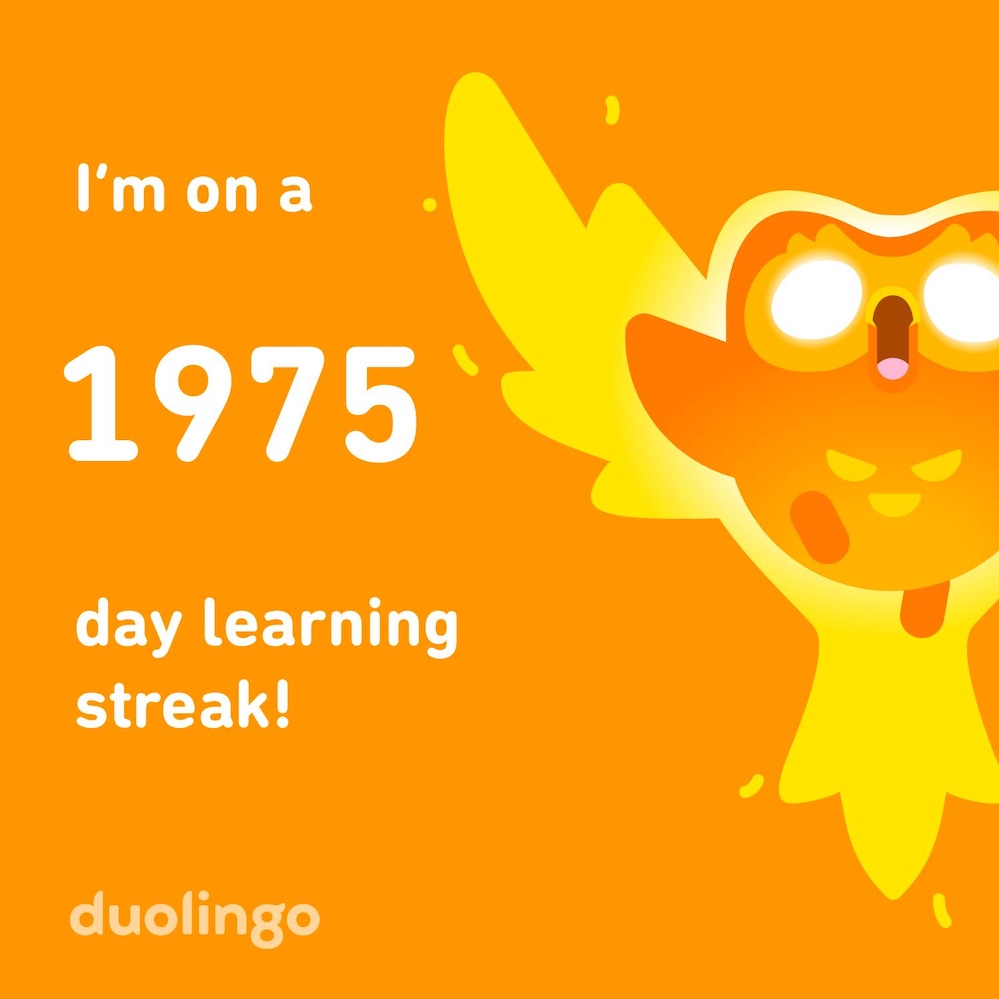Slow Horses
published by Apple TV+ (4 seasons so far, ongoing)
2022 – 2024
Slough House is where MI5 agents who have screwed up in spectacular ways get sent to give up on their careers. Under the overtly hostile mismanagement of Jackson Lamb, an unwashed, loudly farting, anti-motivating late career agent, the doomed agents assigned there, nicknamed the Slow Horses, suffer verbal abuse and menial tasks in an old building with too many stairs and a door that needs to be forced open.
While the office houses many failed agents, River Cartwright, a young blond man whose grandfather was a famous head of MI5 in the past, feels especially embittered about his dramatic fall from grace. Like others, he keeps trying to play the hero to redeem his reputation and get back to MI5. Sometimes, his efforts get the ‘Slow Horses’ involved in issues that are deadly and above both their competence level and pay grade.
Lamb was so convincingly off putting in the first episode that I didn’t want to continue, but Taverner (Kristin Scott Thomas) as the MI5 heavy who is always ready to send government assassins out to prevent embarrassment, plus the entertaining screw-up agents kept me engaged until the pace abruptly picked up and became high stakes and intense – then I didn’t want to stop watching.
This series involves: creepy bad guys, creepy good guys, assassins, political intrigue, old vendettas, hard liquor, office flirting, AA meetings, car chases, fellow agents coming for you with guns, people trying to be the hero, River running (I mean the character), slimy politicians, and a constant flow of insults. There is cast turnover – the show isn’t afraid to kill off Slow Horses or MI5 agents routinely and unexpectedly, and shows the surviving colleagues coping with that. And Lamb, whose sole redeeming quality is loyalty to his agents, is so unwashed you can nearly smell him through the screen.
I’m not ‘into tv’ and I watched ALL FOUR SEASONS that are available so far! I recommend it if you like: well-paced spy thrillers.







